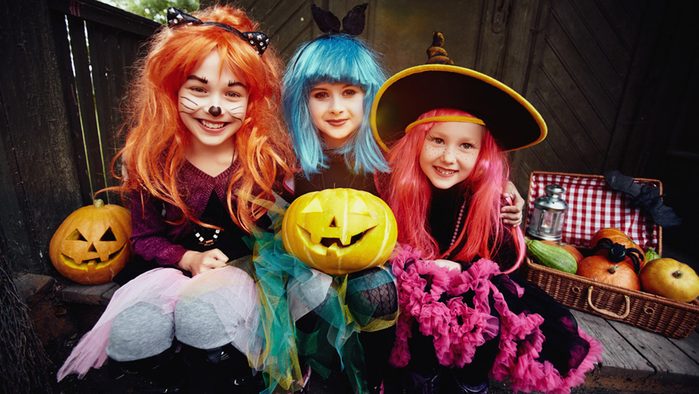
There’s a dark side to the innocent child-centered holiday
The Halloween of today, in which children dress up as ghouls, ghosts, and witches and “treats” from neighbors under threat of a “trick,” has largely been re-imported from the United States, where Irish immigrants introduced the custom in the 19th century. It is thought to stem from the idea that on Halloween all law is suspended. Dressing up in masks and costumes prevents people from being recognized by their own community. Being separated in this way allows the participants to play boisterous and often antisocial tricks.
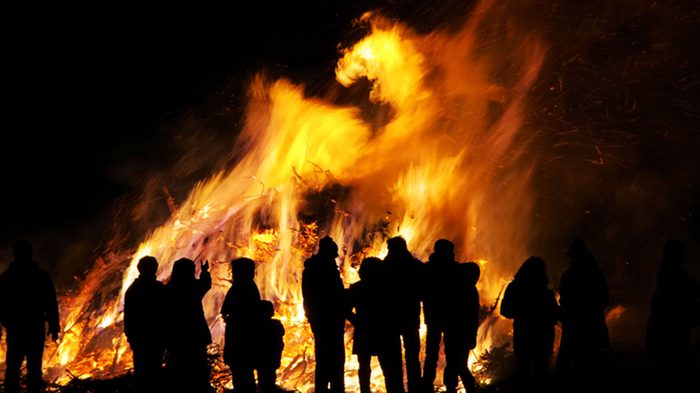
It originally began as a pagan festival honoring the dead
For Celts and Anglo-Saxons the year ended when the herds were brought in from pasture at the end of October. The new year began in November, marked by the festival of Samhain, a celebration in which purifying bonfires were lit. On the night before Samhain, souls of the departed could return temporarily to their hearths, and ghosts and demons were free to roam the Earth.
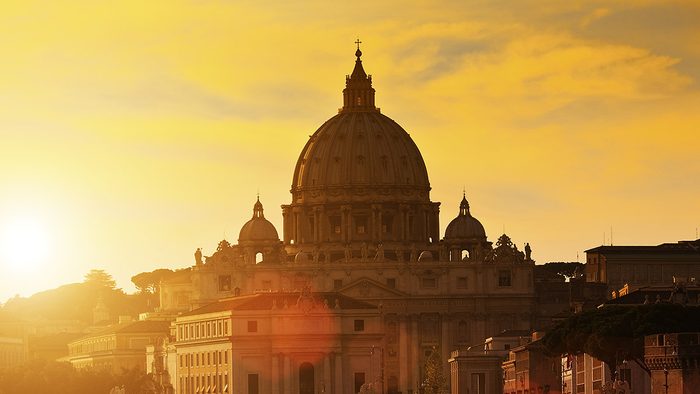
The Catholic Church then used it to their advantage to honor saints
To counter the influence of this pagan festival, during the 9th century the Church instituted the feast of All Saints or All Hallows on November 1. Thereafter, October 31 became known as All Hallows Eve, or Halloween.
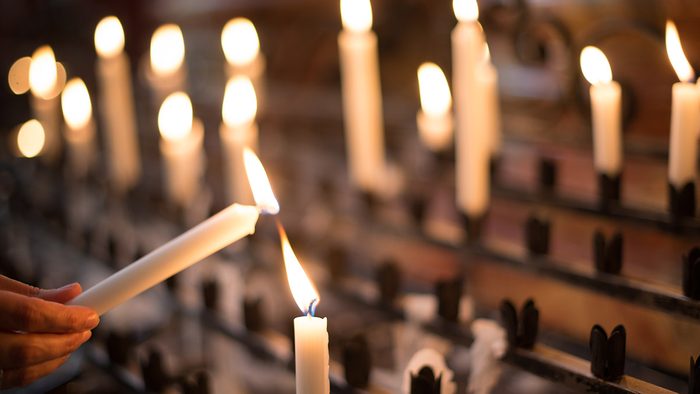
The pagan festival was brought back with All Souls’ Day
In 1998, the abbot of Cluny in France established November 2 as All Souls’ Day, when prayers are said for the departed, thus completing the link between Samhain and Christian festivals.
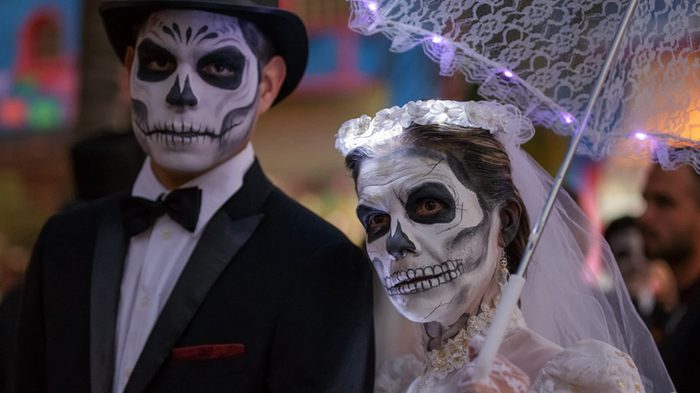
Mexico created their own celebration called The Day of the Dead
In the 16th century, as they imposed Catholicism in Mexico, the colonizing Spaniards took elements of local religions and incorporated them into their rituals. The Day of the Dead on November 1 remains one of the great celebrations.
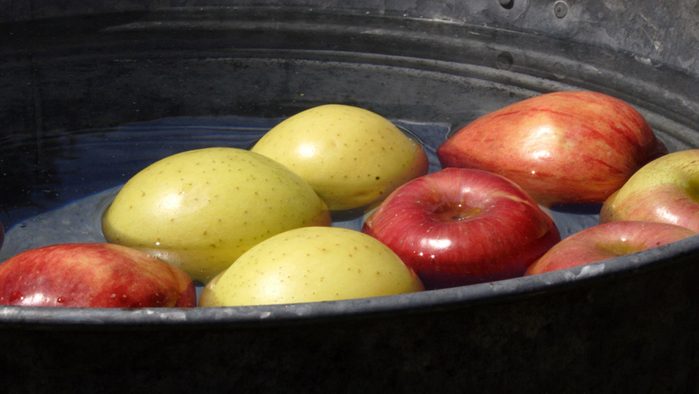
Apple bobbing originated in Britain
In Britain most Halloween traditions died out with the rise of Puritanism in the 16th and 17th centuries, but games such as apple bobbing, in which apples floating in a bowl of water are caught in the mouth, are remnants of past rituals. When thrown over the left shoulder, the apple’s peel would fall into a shape resembling the initials of a true lover.
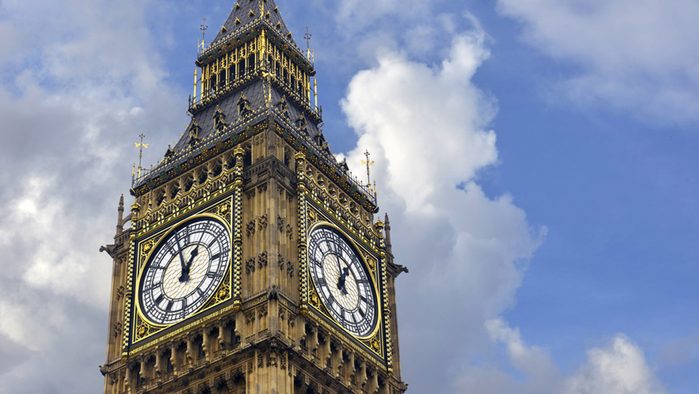
The observance of saints’ days, including All Saints, was banned by the English Protestants
They soon created a new autumn festival in their place. In 1606, Guy Fawkes was hanged for his role in the Catholic plot to blow up the House of Lords on November 4, 1605. Parliament then passed an Act for the perpetual celebration of the failure of both this second attempt on the life of James I and the plan to destroy Parliament itself.
The Act ordered that everyone should attend church on the morning of November 5 as part of the Gunpowder Plot commemoration, which was soon popularly known as Guy Fawkes Day. By the 1630s the event was associated with bonfires and the burning of effigies. Initially these were of the pope or the Devil but from the 19th century they were often of Guy Fawkes himself.
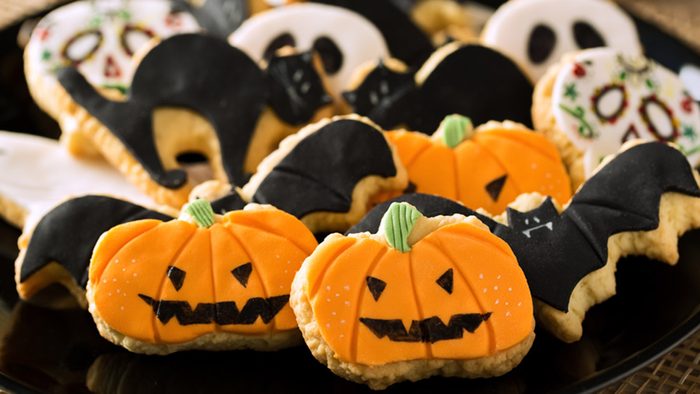
There’s a reason that the colors associated with Halloween are orange and black
Orange and black are well-known contrasting Halloween colors. Orange symbolizes the fall harvest while black symbolizes death. You’ve probably heard of these 14 spooky Halloween superstitions, but do you know the story behind them?
Originally published on ReadersDigest.com.
